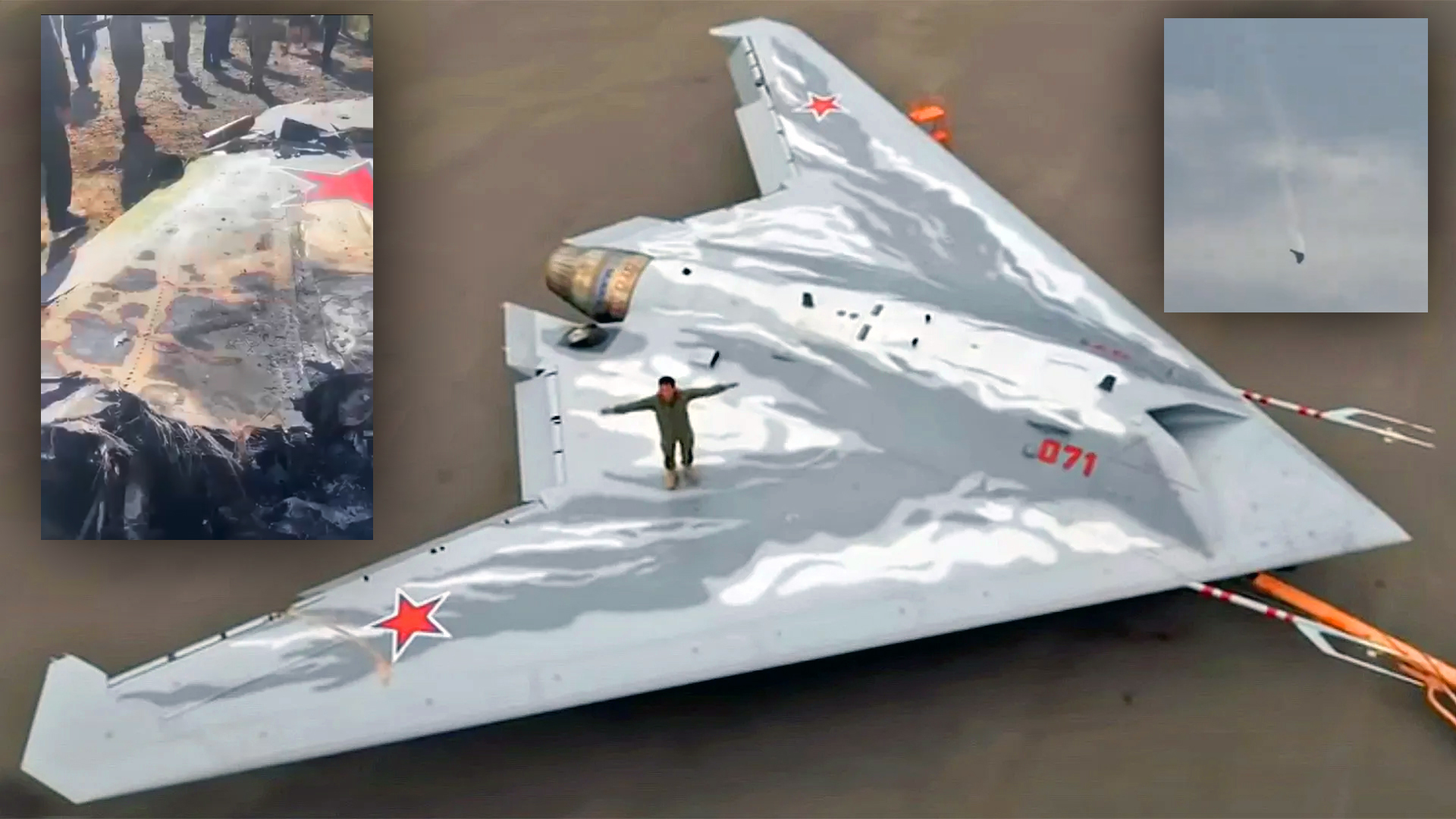A bizarre situation emerged out of Eastern Ukraine this morning, one in which a Russian fighter fired a short-range air-to-air missile and shot down one of its own aircraft while flying over highly-defended Ukrainian territory. And this wasn’t just any aircraft, it was one of a tiny handful of Russian Air Force S-70 Okhotnik-B (Hunter-B) flying wing unmanned combat air vehicle (UCAV).
You can find a more recent story on this topic, and the implications of the S-70’s apparent air-to-ground weapons load, here.
The S-70 is a heavy-weight strike and reconnaissance tactical drone with some low observable (stealthy) features. It was also envisioned to be able to partake in air-to-air combat. Independent operations and those paired with other aircraft, both manned and unmanned, are envisioned for the type.
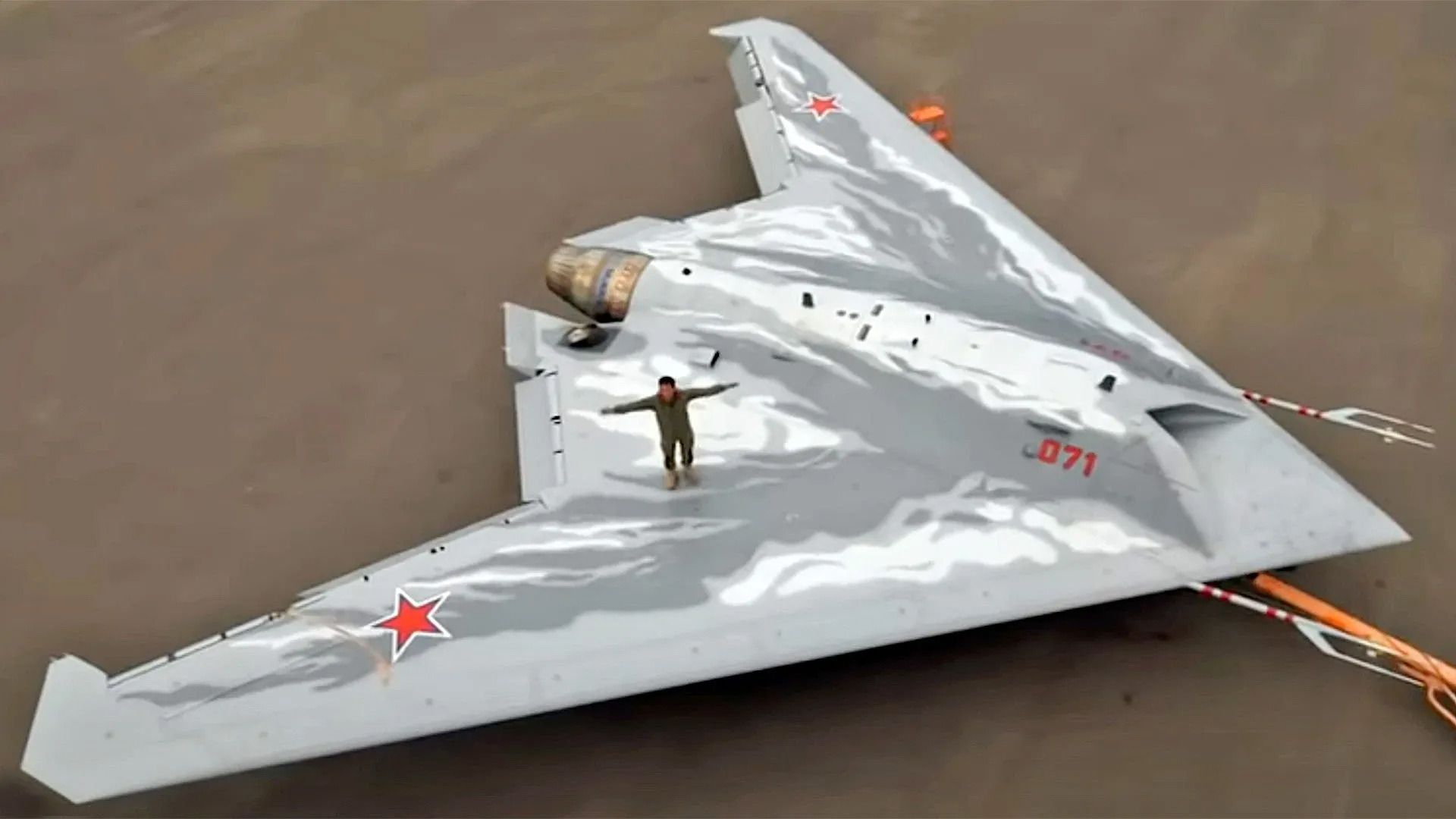
The engagement occurred near Konstantynivka, in Donetsk, supposedly around 10 miles behind Ukrainian lines. Video shot from the ground shows one jet firing on another at close range, then a shattered flying wing aircraft falling to the ground. Images and video of the wreckage make it undeniable, it was indeed an S-70.
Although we cannot say conclusively at this time, it appears to be one of the earlier demonstrator aircraft, which first emerged in early 2019, or one built to a similar specification and is significantly lower in sophistication than a more refined variant with enhanced low-observable (stealth) features rolled out in 2021.
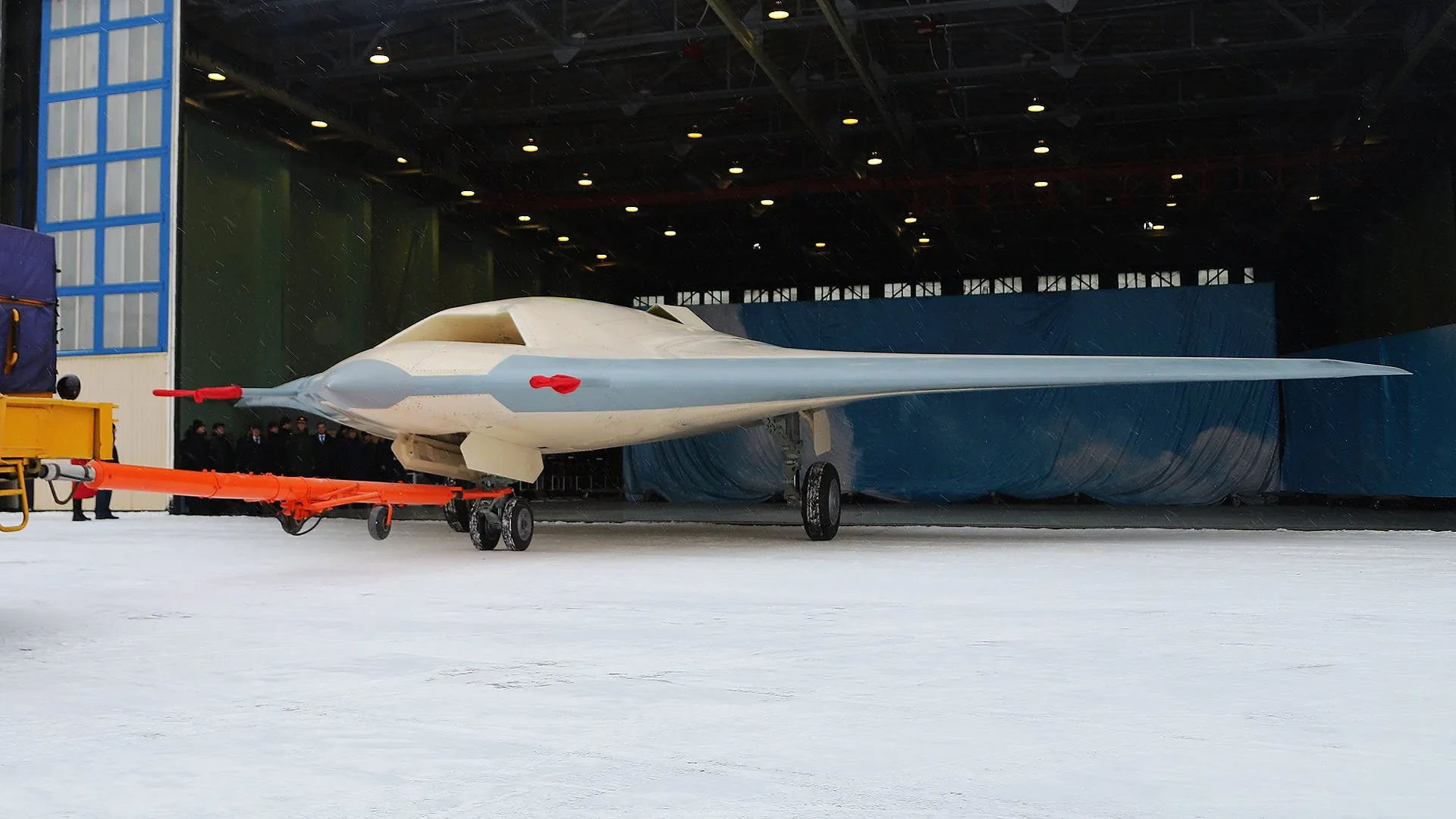
Some claim an Su-57 Felon shot the aircraft down. We cannot confirm that at this time, but that would make sense as the two programs have been directly linked and ‘loyal wingmen’ cooperative testing — even if rudimentary — between the two was underway long before the full-on invasion of Ukraine in 2022. Prior to the invasion, Russia claimed it was targeting the Hunter-B to be operational by 2024. What exactly the definition of operational was isn’t known.
While it isn’t perfectly clear what transpired to cause one Russian aircraft to shoot down another, the most likely answer is that the S-70 was being used operationally as part of its ongoing development — which likely has slowed considerably since the war began — and especially to provide support for the war effort. Russia often sends its new gear into combat areas for testing and to drum-up support for potential export opportunities.

The Russian Air Force has taken heavy losses and is under threat from long-range air defenses while in the air and from marauding Ukrainian drones while on the ground. Even if the S-70 program has slowed, pushing existing examples into combat use would make sense as one thing it offers above all else is range and the lack of a pilot onboard certainly makes it less risky when operating near the front. Its low-observable features could make it less susceptible to air defenses, but to what degree is highly debatable. It’s also possible that it was never supposed to get near Ukrainian airspace along the front at all.
So, why shoot it down? The best answer is that operators lost command over the aircraft and it had strayed into airspace over hostile territory. Systems failures can occur and we are talking about a very dense electronic warfare combat environment here. This is not an uncommon reality for testing new advanced aerial unmanned technologies or even for operations of existing types in both hostile and benign areas. Self-destruct devices or more often fighter aircraft prepared to shoot the drone down in case it poses a danger to others or a security risk is a normal contingency. The U.S. had to do this multiple times when its drones went astray during the Global War On Terror, for instance. A very sensitive drone like the S-70 lost deep inside Ukrainian territory, coming down possibly in a semi-intact state, would be a huge problem for Russia, both technologically and optics-wise, so it seems the decision was made to destroy it. We can all remember when the U.S. lost its far more secretive RQ-170 to Iran in 2011, for example.
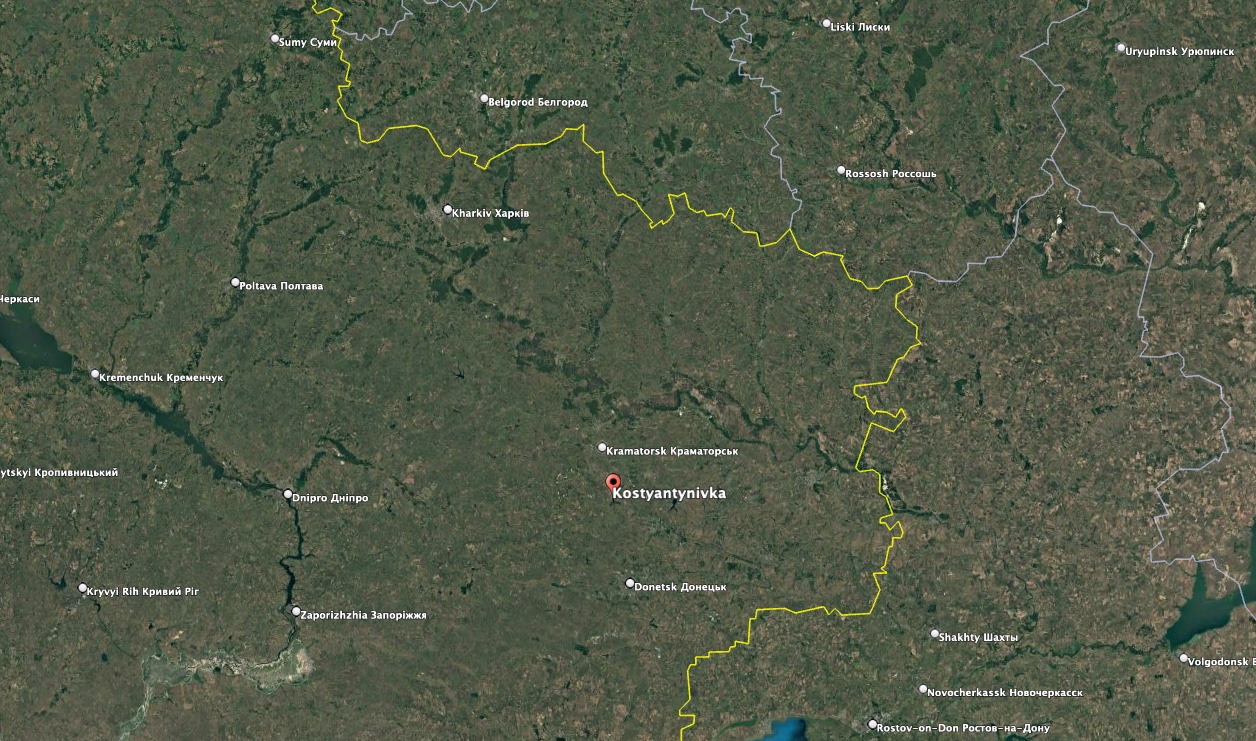
The fact that this occurred over Ukrainian-held territory is also surprising. First off, the air defense overlay over this region is extremely robust and a huge threat to anything that flies close to the front, especially at altitude. It’s somewhat bewildering that the S-70 and the fighter survived long enough to execute the shootdown in this area. Maybe it’s a testament to their designs and Russia’s electronic warfare capabilities or maybe they just got very lucky, we just don’t know. The risk was clearly worth taking in Russia’s eyes though.
Working closer to the front with an Su-57 would make some sense as they are more capable of doing it than anything in Russia’s inventory, but it also speaks to some stunning risk Russia is able to absorb in order to put these aircraft into action. Beyond kinetic actions, considering Russia’s limited advanced reconnaissance capabilities in contested areas, the ability to collect airborne intelligence that close to the front using advanced sensors alone could have been seen as worth the gamble. Once again, it’s also possible they were never meant to be close to the front lines and the decision to take the S-70 down came late or the Su-57 raced in to do it and was operating well behind the S-70 to begin with. Regardless, it was very risky. Having large parts of an Su-57 fall into the hands of Western intelligence would be a big deal.
But still, the S-70’s wreckage may represent the most enticing foreign material exploitation (FME) opportunity of the conflict, and there have been many of them so far. It also makes sense why large parts would be spirted away as fast as possible as because if Russia could geolocate the wreckage, they would surely try to strike it, likely with an Iskander-M ballistic missile in order to eliminate it as fast as possible. But unless a lower-end drone spots it and minus a few other caveats, Russia’s targeting cycles are notoriously slow.
Since not long after the invasion began, there has been chatter about the Su-57 and the S-70 — both of which exist in small numbers — being used on a limited basis. It’s hard to parse which of these reports are accurate and which are not, but some of them have been backed up by Western intelligence. This incident clearly shows Russia’s willingness to thrust these prized assets into the war effort, or at least close enough to these activities where contingencies like this one would be put in place and executed upon demand.
The S-70 aircraft largely call Akhtubinsk Air Base home. This is Russia’s key tactical jet flight test facility and an airfield that has been on the receiving end of Ukrainian drone strikes. It isn’t clear if the S-70 flew from this location or was forward-based for Ukraine operations, but the base being about 365 miles from the fighting would put it well inside the drone’s presumed combat radius. Still, it’s worth noting that high-resolution satellite imagery taken of the installation multiple times in the second half of September does not show the S-70 aircraft on the ramp. This could be because they are hangared or they are forward deployed.
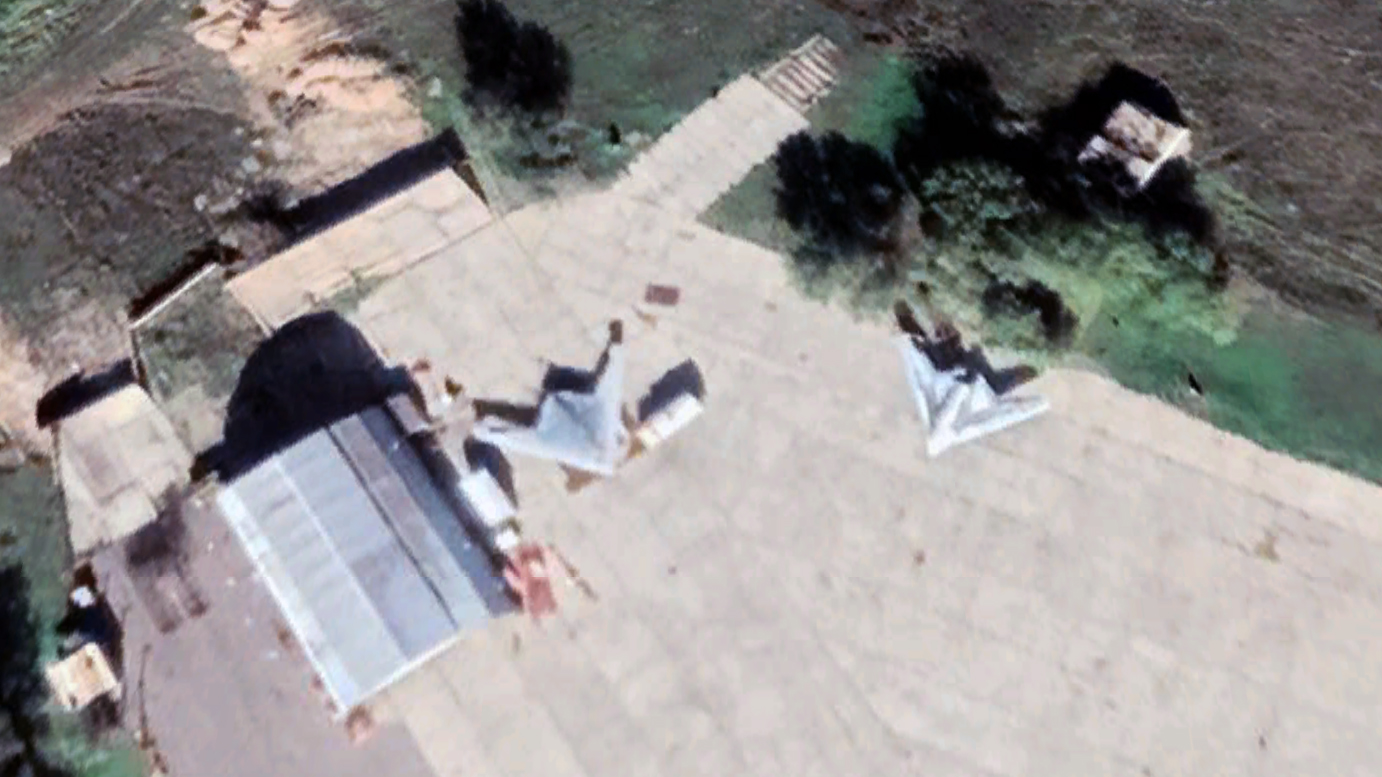
As for what the Russian milbloggers are saying about this incident, many are fuming that these aircraft were in such a densely defended area. Others confirm that the S-70 was shot down due to a failure in its command and control architecture while on a combat evaluation. Fighterbomber, which is well connected to the Russian Air Force, states:
“It is clear that the GLIC will now be spanked in all its cracks.
They basically fucked up a serial Okhotnik. (This is indicated by its coloring, only standard UAVs are painted like this)
At the same time, it is difficult to understand what happened to the UAV, because it fell on territory controlled by the hohols. That is, they will disassemble it down to the last screw and, of course, familiarize themselves with its rich internal contents.
Secondly, in fact, both the Okhotnik and the escort fighter were flying over enemy territory. At a high altitude, shot through and accessible to all air defense systems, including MANPADS.
That is, we could have fucked up not only the Okhotnik, but also the Su-57 escort, and this is a completely different scenario.
I understand that even the loss of a pair of A-50s did not entail any serious organizational conclusions, maybe we would have bounced back here, but it would be more difficult.
And I really want to hope that it was a loss of control due to something failing, or they didn’t resolve the situation with the Rabbits, or the UAV’s brains went crazy for their own reasons, and not the drone being intercepted by the enemy.
But the event, of course, requires the most thorough investigation.”
Above all else, it is quite ironic that the first known instance that a flying wing multi-role unmanned combat air vehicle was shot down in an active conflict zone was not at the hands of the enemy, but by those belonging to its own air force.
We will update this post with new information throughout the day if new info comes to light.
Contact the author: Tyler@twz.com
